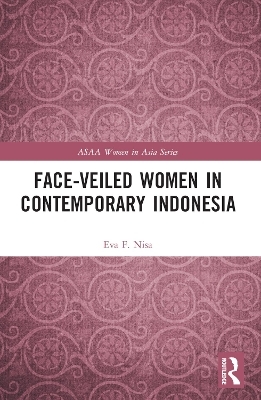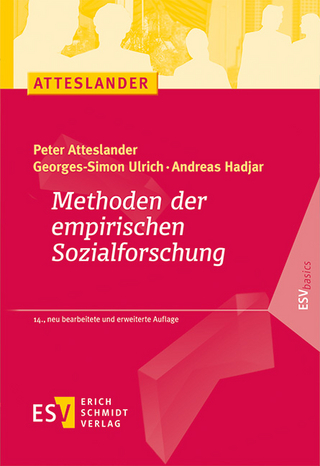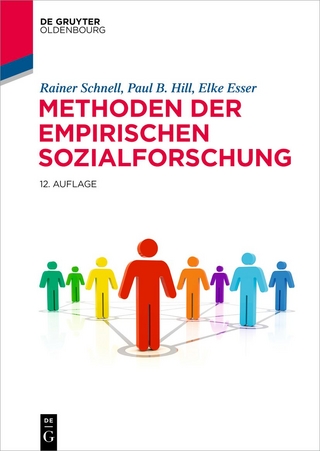
Face-veiled Women in Contemporary Indonesia
Seiten
2024
Routledge (Verlag)
978-1-032-15947-8 (ISBN)
Routledge (Verlag)
978-1-032-15947-8 (ISBN)
Although face-veiling is new and unusual in Indonesia, an increasing number of women are choosing to wear the cadar, that is the full face-veil.
Face veiling is relatively new in Indonesia. It is often stereotyped as a sign of extremism and the growing Arabisation of Indonesian Muslims. It is also perceived as a symbol that demonstrates a lack of female agency. However, increasing numbers of women are choosing to wear the cadar (the full face veil). This book provides an ethnographic study of these women: why they choose to wear the cadar, embody strict religious disciplinary practices and the consequences of that choice. The women in this book belong to two Islamic revivalist movements: various Salafi groups and the Tablīghī Jamāʿat. Indonesia has constantly witnessed transformations in the meanings and practices of Islam, and this book demonstrates that women are key actors in this process. Nisa demonstrates that contrary to stereotypes, the women in this study have an agency which is expressed through their chosen docility and obedience.
Face veiling is relatively new in Indonesia. It is often stereotyped as a sign of extremism and the growing Arabisation of Indonesian Muslims. It is also perceived as a symbol that demonstrates a lack of female agency. However, increasing numbers of women are choosing to wear the cadar (the full face veil). This book provides an ethnographic study of these women: why they choose to wear the cadar, embody strict religious disciplinary practices and the consequences of that choice. The women in this book belong to two Islamic revivalist movements: various Salafi groups and the Tablīghī Jamāʿat. Indonesia has constantly witnessed transformations in the meanings and practices of Islam, and this book demonstrates that women are key actors in this process. Nisa demonstrates that contrary to stereotypes, the women in this study have an agency which is expressed through their chosen docility and obedience.
Eva F. Nisa is a Senior Lecturer in Anthropology in the College of Asia and the Pacific at the Australian National University. She currently holds an Australian Research Council Discovery Early Career Researcher Award.
Introduction 1. The Practice of Face Veiling in the Archipelago 2. The Production of Islamic Knowledge and the Introduction of Taat Habitus 3. Media and Cadari: From Ayat Ayat Cinta to the Niqab Squad 4. Cadari in Tablīghī Jamāʿat and Salafi Educational Institutions 5. Finding a Niche: Face-Veiled University Students in Indonesia 6. Cadari as Dedicated Actors 7. Taat Agency and the Embodiment of True Islam
| Erscheinungsdatum | 05.09.2022 |
|---|---|
| Reihe/Serie | ASAA Women in Asia Series |
| Zusatzinfo | 31 Halftones, black and white; 31 Illustrations, black and white |
| Verlagsort | London |
| Sprache | englisch |
| Maße | 156 x 234 mm |
| Gewicht | 453 g |
| Themenwelt | Geisteswissenschaften ► Geschichte |
| Geisteswissenschaften ► Religion / Theologie | |
| Sozialwissenschaften ► Ethnologie | |
| Sozialwissenschaften ► Soziologie ► Empirische Sozialforschung | |
| Sozialwissenschaften ► Soziologie ► Spezielle Soziologien | |
| ISBN-10 | 1-032-15947-2 / 1032159472 |
| ISBN-13 | 978-1-032-15947-8 / 9781032159478 |
| Zustand | Neuware |
| Informationen gemäß Produktsicherheitsverordnung (GPSR) | |
| Haben Sie eine Frage zum Produkt? |
Mehr entdecken
aus dem Bereich
aus dem Bereich
Buch | Hardcover (2023)
De Gruyter Oldenbourg (Verlag)
34,95 €
Gestalt und Struktur biographischer Selbstbeschreibungen
Buch | Softcover (2024)
Campus (Verlag)
36,00 €


